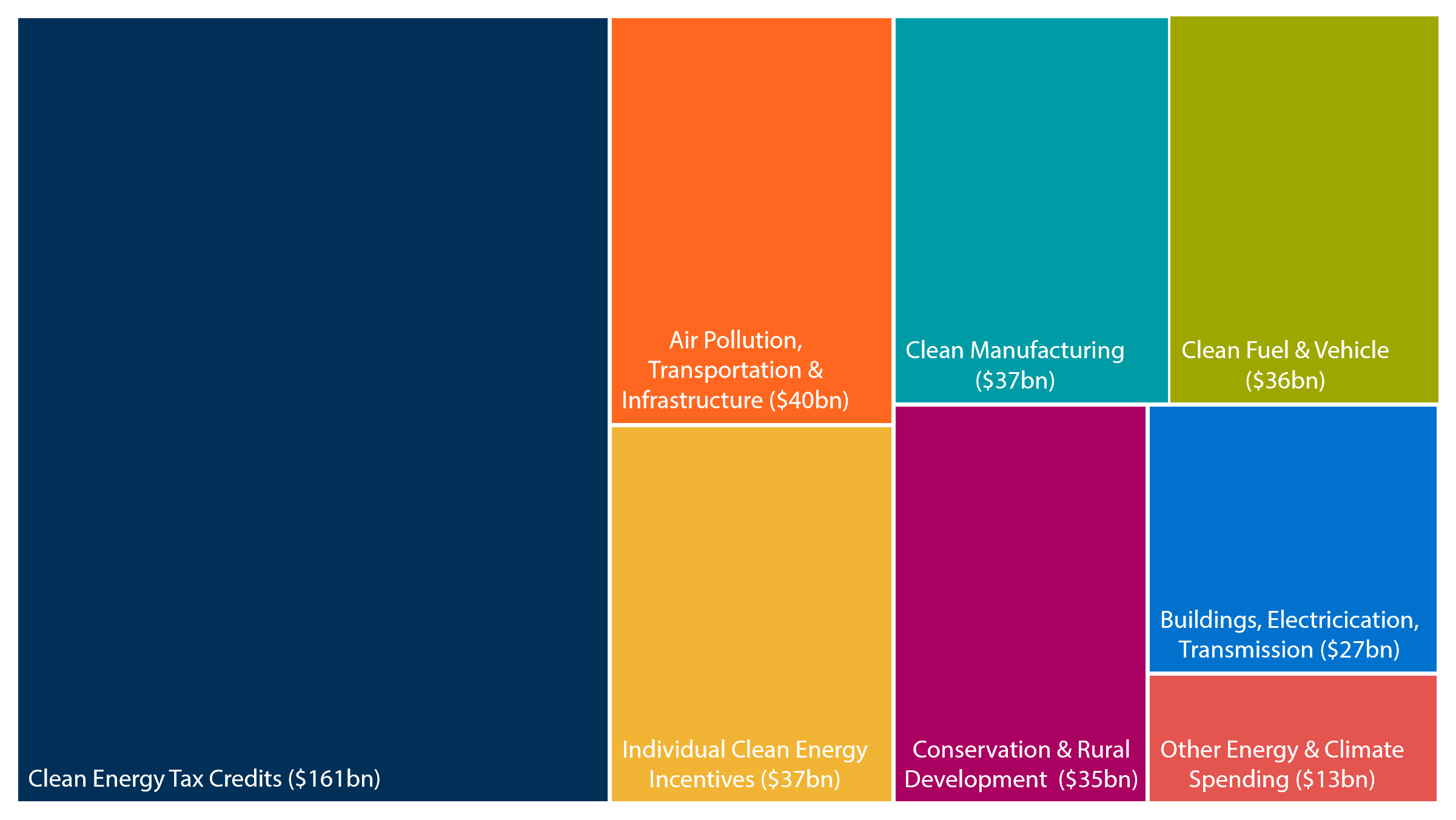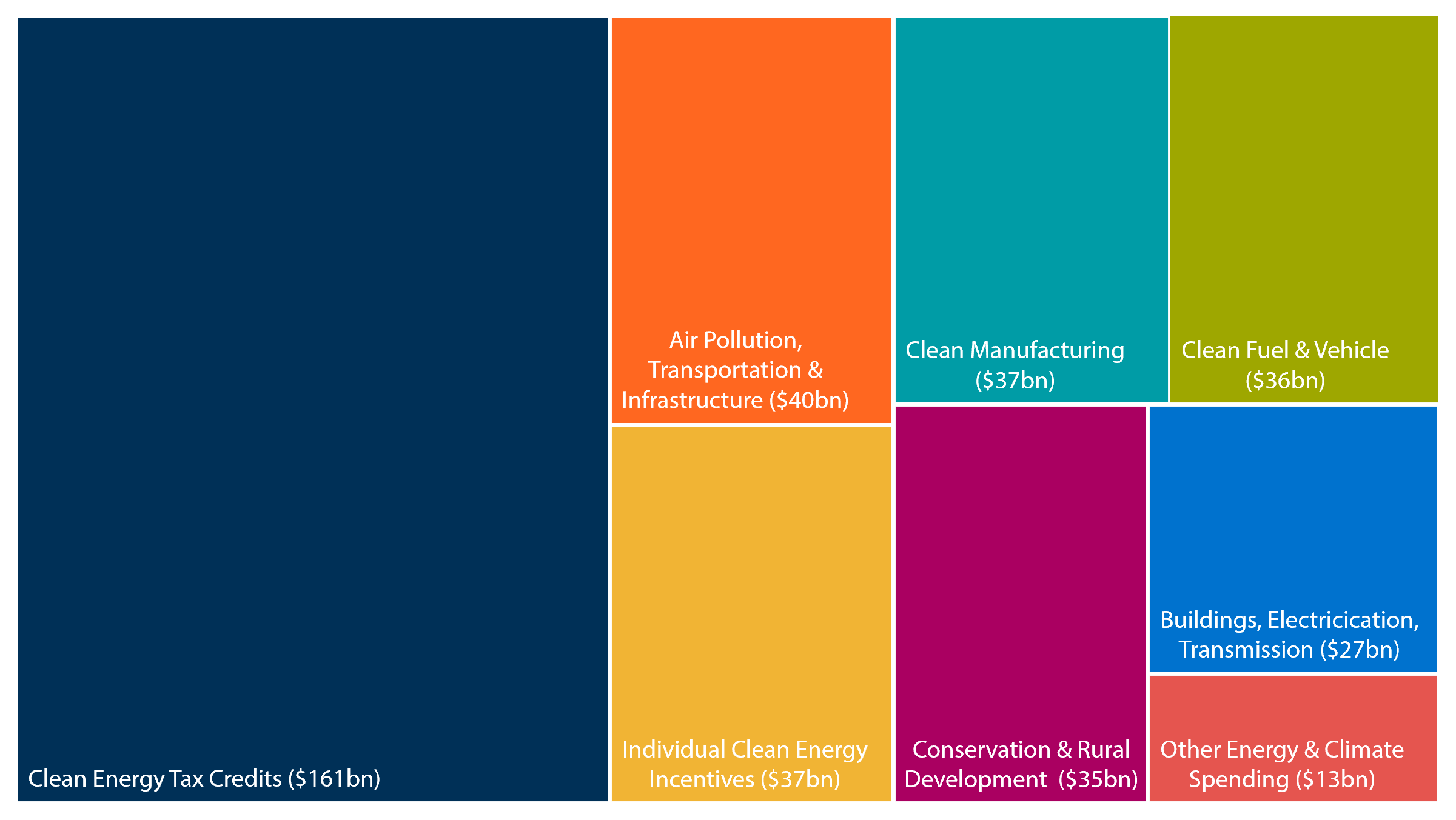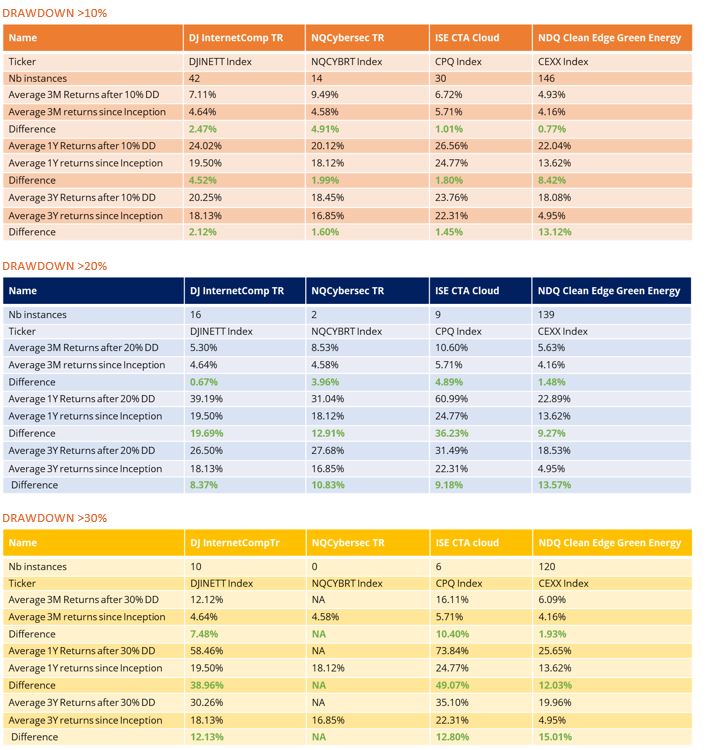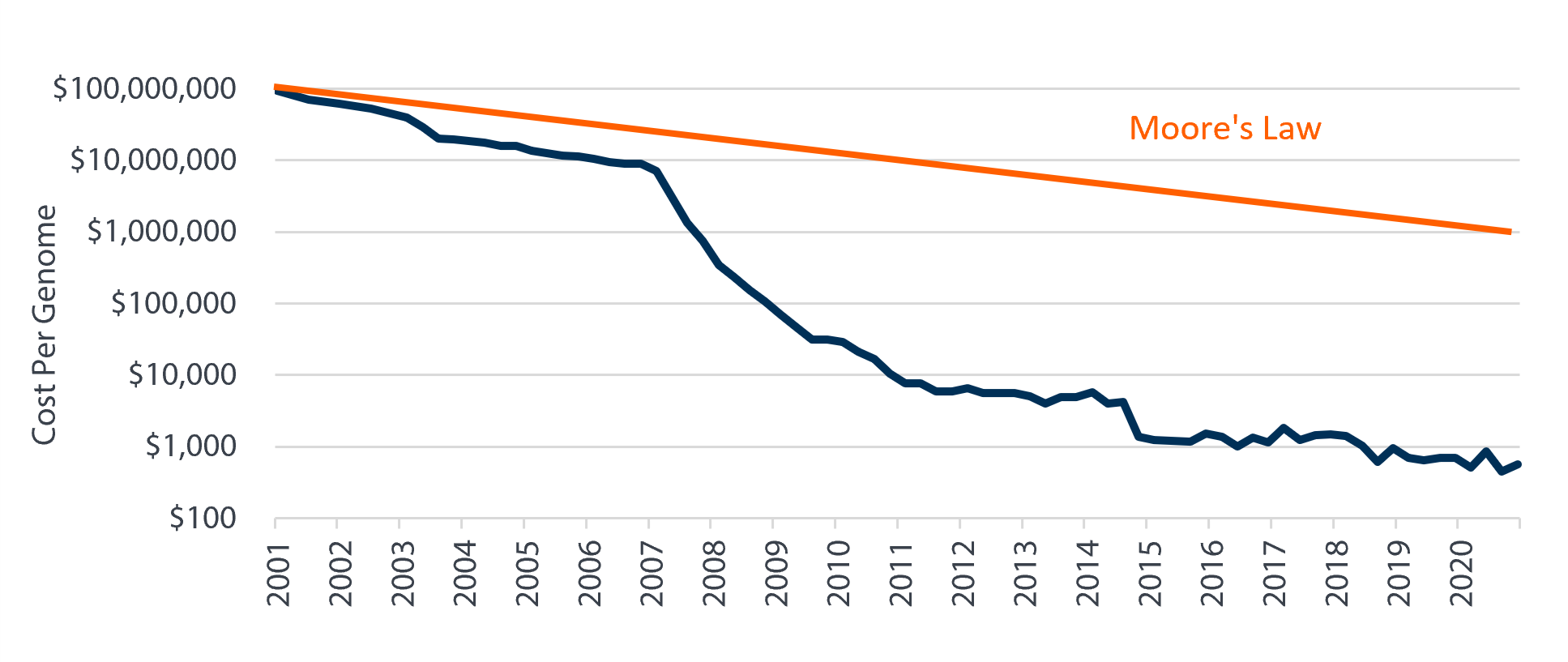“The case for digital transformation has never been more urgent or clearer. Digital technology is a deflationary force in an inflationary economy.”
Satya Nadella
Key takeaways
- We take a look at the $385bn energy and climate-spending package - the single largest climate investment in U.S. history.
- We believe the Bill acts as an important positive signal to the markets and clear long-term catalyst for clean energy companies.
- We examine the impact on Thematic Investors.
Last week, a major new spending bill was passed 1, which allocates almost $385bn to climate and energy. These investments are squarely aimed at putting the U.S. on a path to a 40% emissions cut by 2030, while also boosting energy production through changes that encourage nearly the whole economy to cut carbon emissions. The investment also represents the single largest climate investment in U.S. history.
The spending bill utilises two main pedals:
1. On the private industry side - major new incentives to produce far more renewable energy.
2. On the public side - drive society toward a cleaner future, by turning small individual actions, the affordability of an EV or solar panels, into a collective action.
Below we unpick the key allocations from this investment, provide our key takeaways from the Act and offer the potential impact for thematic investors.


Source: Committee For A Responsible Federal Budget, August 2022 (www.crfb.org)
Key takeaways:
• Making EVs affordable
The U.S. EV industry appears to be a primary beneficiary. The Bill provides lower / middle-income Americans with a
$7.5k tax credit on new EVs and a $4k tax credit for used ones. While the U.S adoption of EVs has been lagging China and Europe, we believe that this should help spur adoption given transportation represents the biggest single contributor to greenhouse gas emissions in the U.S.
• Clean tech manufacturing
Sets aside $30bn of tax credits for manufacturing solar panels, wind turbines, heat pumps, EVs, batteries, and key minerals; money for the facilities to produce them; and for carbon capture. It also offers direct spending of $7.5 billion for clean technology products and $29 billion in breakthrough clean energy research. These investments can help catalyse an industry already growing at a fast pace, and which will encourage prices to continue to plummet as technologies develop (i.e. solar prices have dropped 99% over the 40 years). Companies within the U.S. solar, wind and hydropower value chains, should directly benefit from the faster adoption rates.
• Boosting low carbon generation
Allocates production tax credits across solar, wind, geothermal, bioenergy, hydropower and energy storage, helping boost the economical attractiveness of these clean, low carbon energies. This will enable the modernisation of utilities’ and states’ electric infrastructure and will support, for instance, modernising America’s outdated grid system.
• Supporting other clean tech
Significant allocation to help fund the electrification of homes as well as energy efficiency technologies, across heat pumps, rooftop solar, water heaters, and home appliances. The bill also contains a new tax credit for producing cleaner forms of hydrogen, a fuel that produces no greenhouse gas emissions. These tax credits will make the hydrogen produced in the U.S. the cheapest in the world, acting as the catalyst which could spur other countries to become major players in this space.
Impact for Thematic Investors
Now that President Biden has signed the spending bill into law, we expect that companies exposed to the manufacturing, development, and installation of clean tech (across solar, wind, batteries, EVs, hydrogen etc.) should directly benefit from both the tax credits and the accelerated adoption. Elsewhere, smart grids will also receive long-overdue investments in optimisation and flexibility, ensuring it is ready to be plugged in to. For every watt of new clean energy created, America’s creaking grid will be put under more strain, thus for the acceleration to clean energy to materialise, investment in the grid needs to happen in conjunction.
We believe that the market hasn’t yet fully integrated the consequences of such a bill, which potentially provides an attractive entry point for thematic investors here. Investors seeking to capture this theme may want to consider broad clean energy and smart grid ETFs, which offer exposure to an array of clean power sources on the supply side, while also capturing the demand side via EVs and Green Hydrogen vehicles. Speaking of EVs, the Bill directly supports those companies across the entire EV ecosystem; from the manufacturers themselves and those building the charging stations to minerals and critical components.







Share